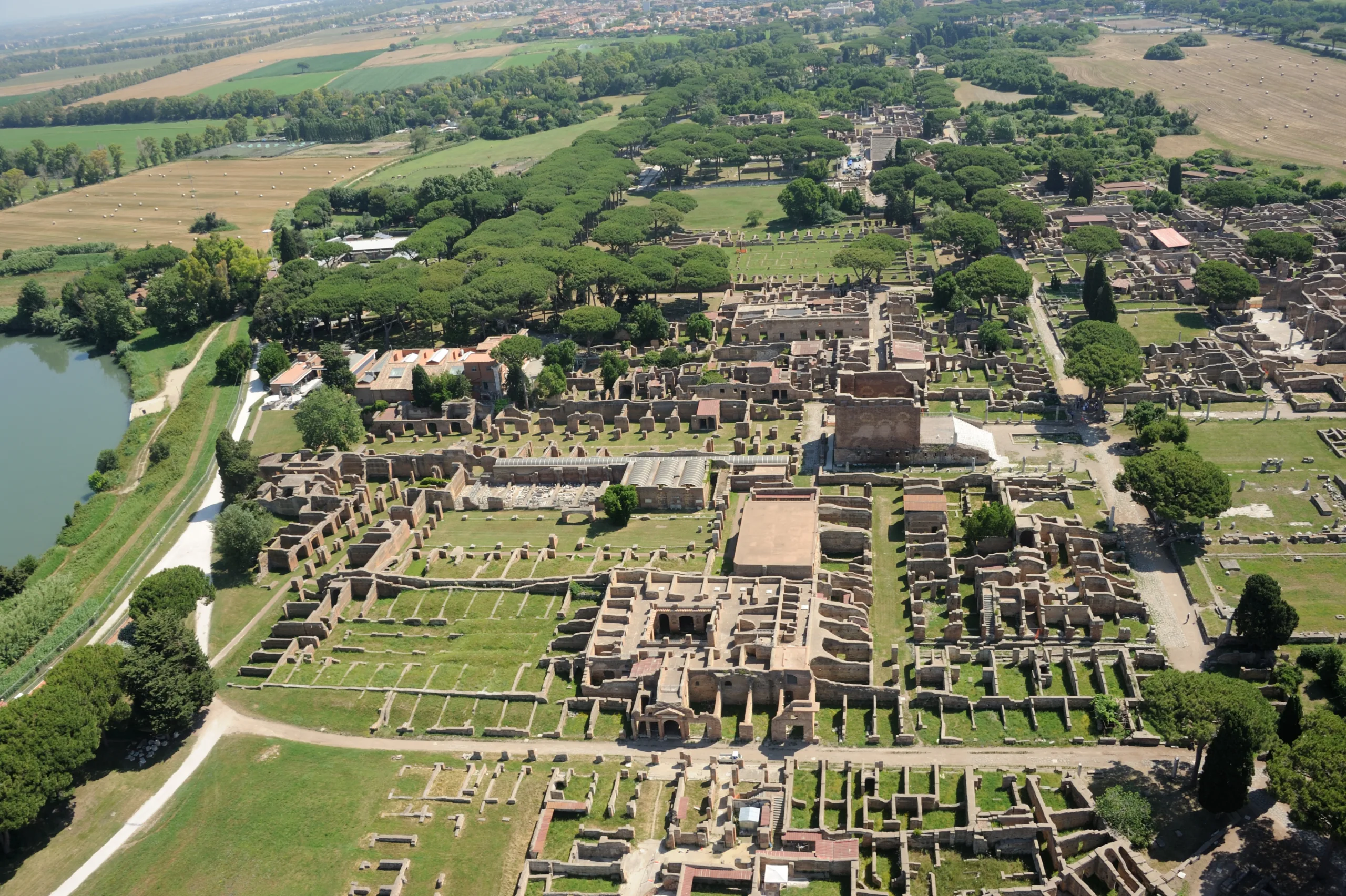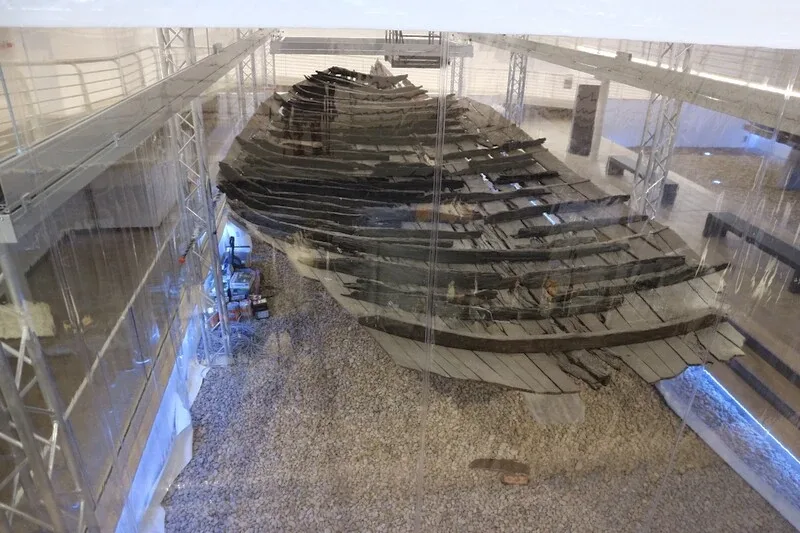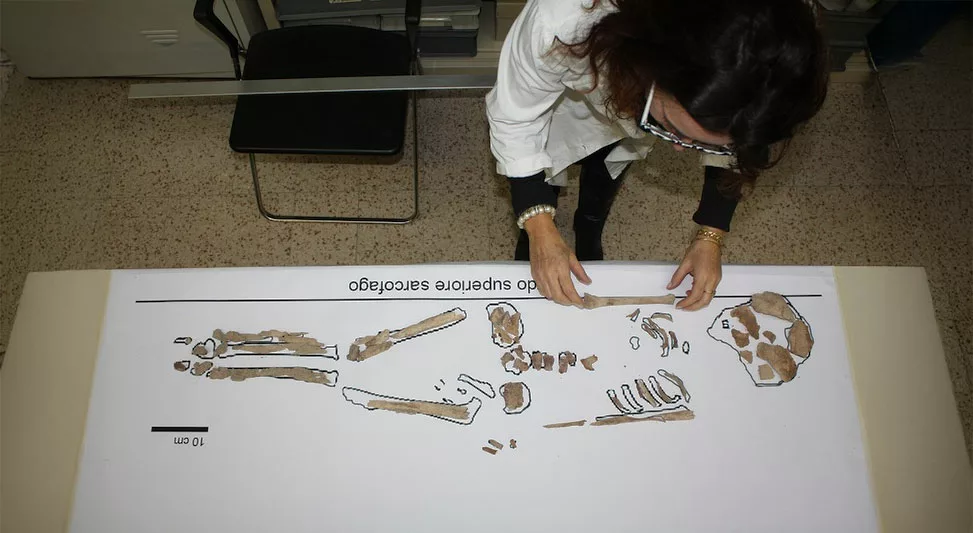The Anthropology Service includes among its activities the anthropological analysis of human skeletal remains from the necropolises in the Ostia and Fiumicino areas, uncovered and excavated over the years within the zones managed by the Park.
Both basic morphological and more advanced molecular anthropological analyses contribute to the study of humanity by integrating archaeological data with biological information. This helps to frame human populations as living beings within their natural environment, with which they are in dynamic and continuous interaction.
From this perspective, human odontological and skeletal remains from archaeological contexts become valuable sources of information—unique, non-traditional, yet rich in data that can be read and interpreted by specialists.
The human skeleton is, in fact, a true archive—a database of life events. These events, by interfering with the normal and harmonious development of tissues, leave behind permanent traces or scars that can be identified and quantified.
Anthropological study therefore allows the reconstruction of an individual’s life history through the analysis of various indicators, which provide information on sex, age at death, diseases, and trauma. When evaluated together, these indicators offer insights into the entire population—its lifestyle, health conditions, and migratory patterns.
Beyond morphological analysis, which forms the foundation of classical physical anthropology, today’s research can be deepened through molecular analysis, examining tissues at their most refined components. Chemical elements isolated through advanced techniques reveal information about diet and origin, allowing for the reconstruction of human group movements throughout history and their interactions with other populations sharing the same territory.


